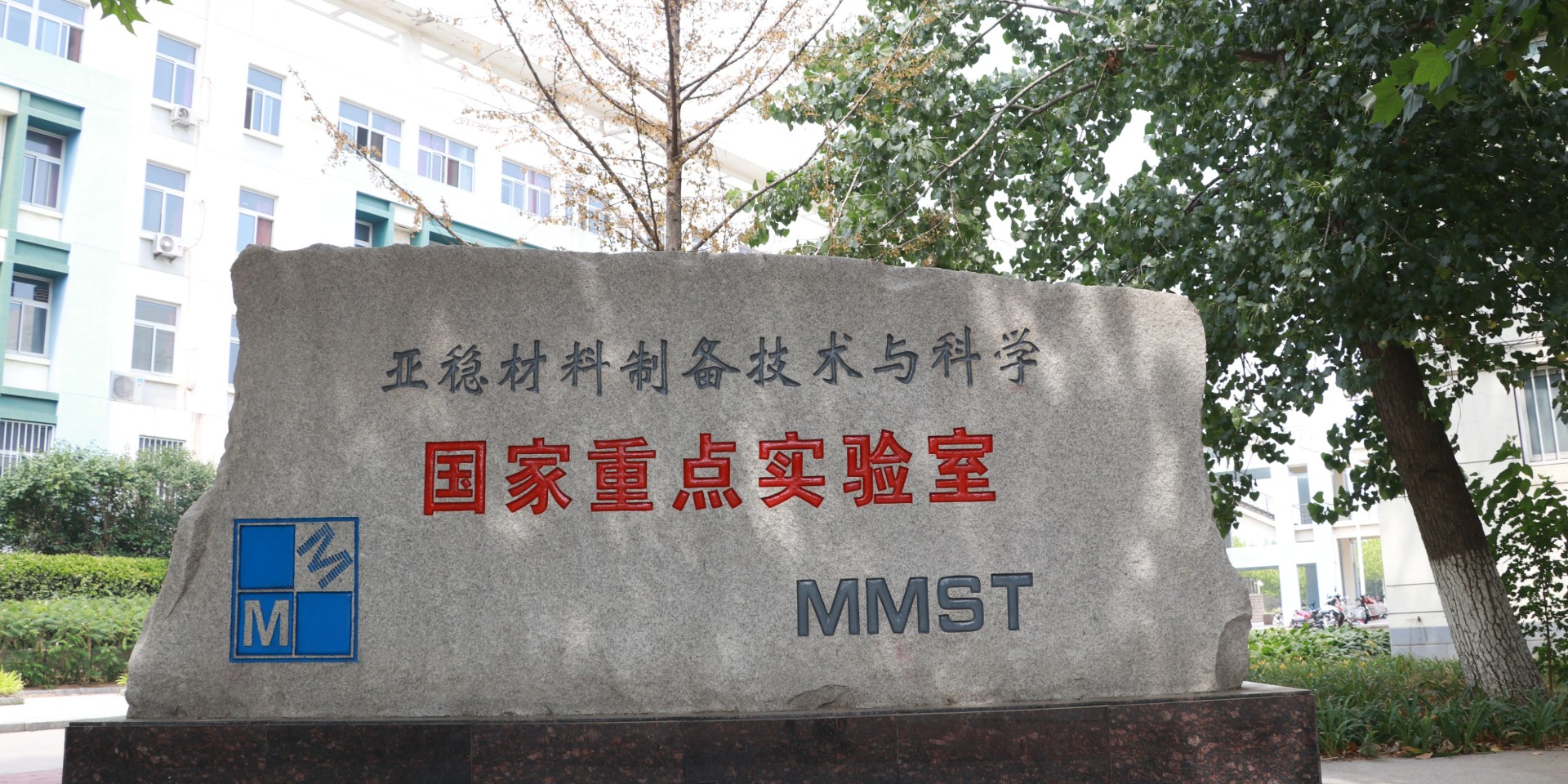报告题目:Atomic Scale Three-dimensional reconstruction ofdefects using
Advanced Scanning Transmission Electron Microscopy
报告人:Dr.Shoucong Ning,National University of Singapore
时间:2019年5月11日(星期六)上午9:00
地点:材料馆A323
Biography:
Dr. Shoucong Ning got his Bachelor Degree from Department of Modern Mechanics, University of Science and Technology of China, in 2013. Following the supervision of Prof. Tong-yi Zhang,he acquired his PhD degree at Hong Kong University of Science and Technology in 2017. To data, Shoucong works with Prof. Stephen John Pennycook and Prof. DuaneLoh in National University of Singapore. Currently, he focuses on high performance computation based on GPU, electron microscopy, STEM quantitative analysis, 4D STEM and deep learning. He has published a number of papers insome high-level scientific journals, such as Nature Communications, Advanced Materials and Nano Letters.
Abstract:
The successful correction of magnetic lens aberration endowsmodern scanning transmission electron microscope nanometer scale depth resolution, offering the possibility of mining the three-dimensional atomicstructure without tilting the sample. Previously, the incoherent approximationis applied in the STEM optical depth sectioning in order to extract three-dimensional information from the focal series. While, the strong channeling effect in crystalline material makes the incoherent approximation no more valid,preventing the intuitive understanding of the focal series, further limiting the application of this technique. Here I want to show the limitations of this technique via theoretical calculation and direct simulation and propose severalways of depth resolution enhancement in order to eliminate the channeling effect and break the limitation. In addition, several successful applicationsof optical depth sectioning on mining the 3D structure of defects at atomicscale will be given.
